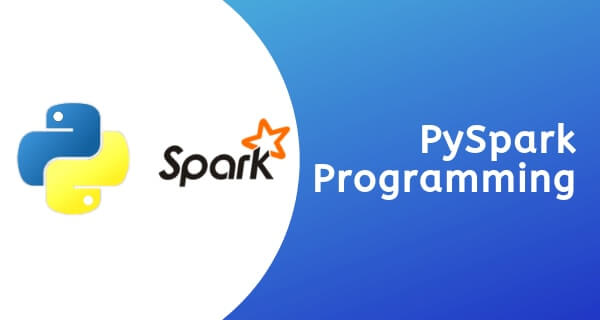
What is PySpark
What is PySpark?
When it comes to performing exploratory data analysis at scale, PySpark is a great language that caters all your needs. Whether you want to build Machine Learning pipelines or creating ETLs for a data platform, it is important for you to understand the concepts of PySpark. If you are very much aware of Python and libraries such as Pandas, then PySpark is the best medium to learn in order to create more scalable analyses and pipelines. The main objective of this post is to give you an overview of how to get up and running with PySpark and to perform common tasks.
Click Here! → To Get Pyspark Certification Training!
What are the Benefits of Using PySpark?
Following are the benefits of using PySpark. Let’s talk about them in detail
In-Memory Computation in Spark: With in-memory processing, it helps you increase the speed of processing. And the best part is that the data is being cached, allowing you not to fetch data from the disk every time thus the time is saved. For those who don’t know, PySpark has DAG execution engine that helps facilitate in-memory computation and acyclic data flow that would ultimately result in high speed.
Swift Processing: When you use PySpark, you will likely to get high data processing speed of about 10x faster on the disk and 100x faster in memory. By reducing the number of read-write to disk, this would be possible.
Dynamic in Nature: Being dynamic in nature, it helps you to develop a parallel application, as Spark provides 80 high-level operators.
Fault Tolerance in Spark: Through Spark abstraction-RDD, PySpark provides fault tolerance. The programming language is specifically designed to handle the malfunction of any worker node in the cluster, ensuring that the loss of data is reduced to zero.
Real-Time Stream Processing: PySpark is renowned and much better than other languages when it comes to real-time stream processing. Earlier the problem with Hadoop MapReduce was that it can manage the data which is already present, but not the real-time data. However, with PySpark Streaming, this problem is reduced significantly.
Click Here! → Get Pyspark 100% Practical Training!
When it is Best to use PySpark?
Data scientists and other Data Analyst professionals will benefit from the distributed processing power of PySpark. And with PySpark, the best part is that the workflow for accomplishing this becomes incredibly simple like never before. By using PySpark, data scientists can build an analytical application in Python and can aggregate and transform the data, then bring the consolidated data back. There is no arguing with the fact that PySpark would be used for the creation and evaluation stages. However, things get tangled a bit when it comes to drawing a heat map to show how well the model predicted people’s preferences.
Running with PySpark
PySpark can significantly accelerate analysis by making it easy to combine local and distributed data transformation operations while keeping control of computing costs. In addition, the language helps data scientists to avoid always having to downsample large sets of data. For tasks such as building a recommendation system or training a machine-learning system, using PySpark is something to consider. It is important for you to take advantage of distributed processing can also make it easier to augment existing data sets with other types of data and the example it includes like combining share-price data with weather data.
Summary
The PySpark API allows data scientists with experience of Python to write programming logic in the language that they work on. In addition, professionals use it to perform rapidly distributed transformations on large sets of data and get the best possible outcomes back in Python-friendly notation.
Click Here! → Enroll now !


